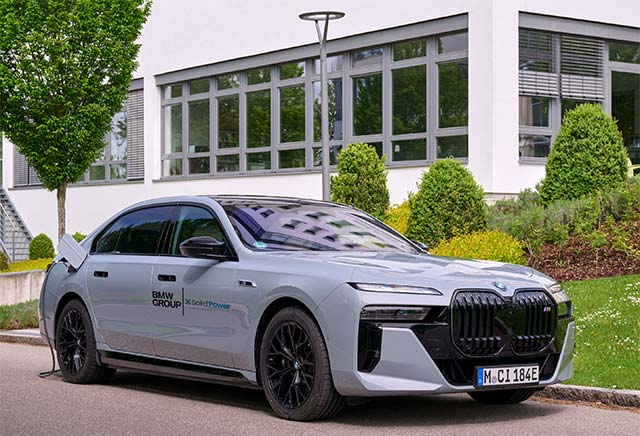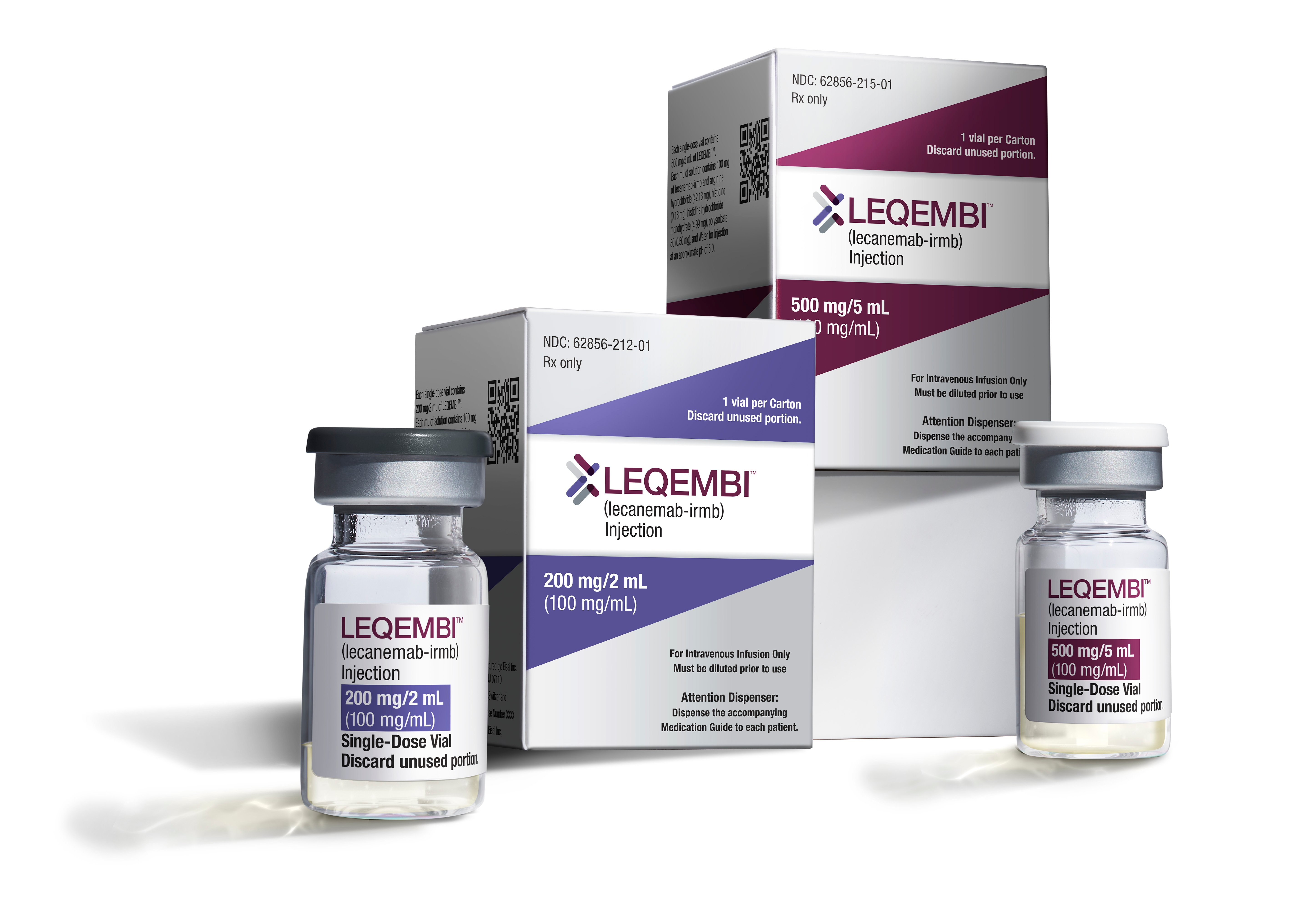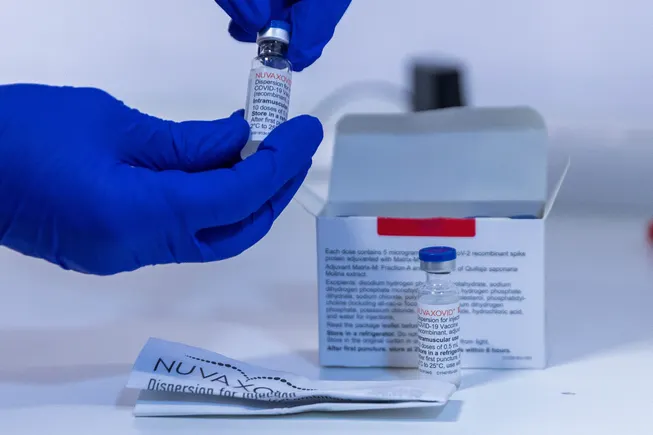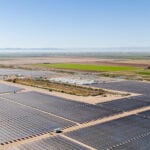Green‐Solvent‐Processed Scalable Semi‐Transparent Organic Solar Modules with 9.4% Efficiency and 42% Visible Transparency for Energy‐Generating Windows
Advanced Energy Materials, EarlyView.

A high-performance semi-transparent solar module is fabricated integrating a cost-effective double-layered nanophotonic structure, a high-quality 12-nm-thick Ag transparent electrode, and strategies to minimize non-radiative recombination losses. Scaling to large-area semi-transparent solar modules, a geometric fill factor of 96.1% and a PCE of 9.4%, with excellent reproducibility is achieved.
Abstract
Semi-transparent organic solar cells (ST-OSCs), designed to selectively absorb UV and NIR light while transmitting visible wavelengths, are highly promising for solar windows and building-integrated photovoltaics. However, simultaneously achieving high efficiency, transparency, and scalability remains a significant challenge. In this work, green-solvent-processed, large-area solar modules with optimized performance and uniformity is demonstrated. By integrating strategies to reduce non-radiative recombination losses, a cost-effective double-layered nanophotonic structure, and a high-quality 12-nm-thin Ag top electrode, semi-transparent devices are achieved with a power conversion efficiency of 10.2% and an average visible transmittance of 42%, yielding a light utilization efficiency of 4.2%. Scaling to 5 × 5 cm2 modules, laser scribing, and dead zones, achieving a high geometric fill factor of 96.1%, are optimized. The opaque modules reach an active-area efficiency of 13.0%, while the semi-transparent modules achieve 9.4% with AVT > 40%, and demonstrate excellent reproducibility. This work provides a scalable and sustainable pathway for ST-OSC commercialization and contributes to next-generation renewable energy solutions.





















































































































































